For fast cars and daily drivers
The Porsche 911 GTS T-Hybrid runs two kinds of power: gasoline for the long haul, electrons for the instant hit. A compact 400-volt, 1.9-kWh high-voltage battery up front feeds an electric exhaust turbocharger and a gearbox-mounted e-motor, giving near-instant boost that keeps coming. Porsche’s U.S. brief confirms the layout, the 0–60 mph in 2.9 seconds, and the $164,900 starting price for the GTS coupe.
Core Performance & Drivability—Plain English
Power is the punch; energy is how long the punch lasts. The GTS’s front pack works like a torque reservoir: it tops up fast, so the e-turbo and the 40-kW gearbox motor stay ready between corners and shifts. The e-turbo also generates up to 11 kW when driven by exhaust flow, sending that energy back to the battery, which is why the car feels alert lap after lap.
The cell tech is the quiet hero. Porsche’s battery arm V4Smart builds tabless cylindrical cells with silicon-carbon anodes (SCC55)from Group14. Its Generation 2 spec shows a power-optimised 21700 variant and a balanced high-energy/power 21700 variant aimed at rapid top-ups and cooler running. Independent coverage cites Batemo verification on like-for-like chemistry in 18650: ~277 Wh/kg energy density and 2.73 kW/kg power density—battery stamina with supercap-style shove.
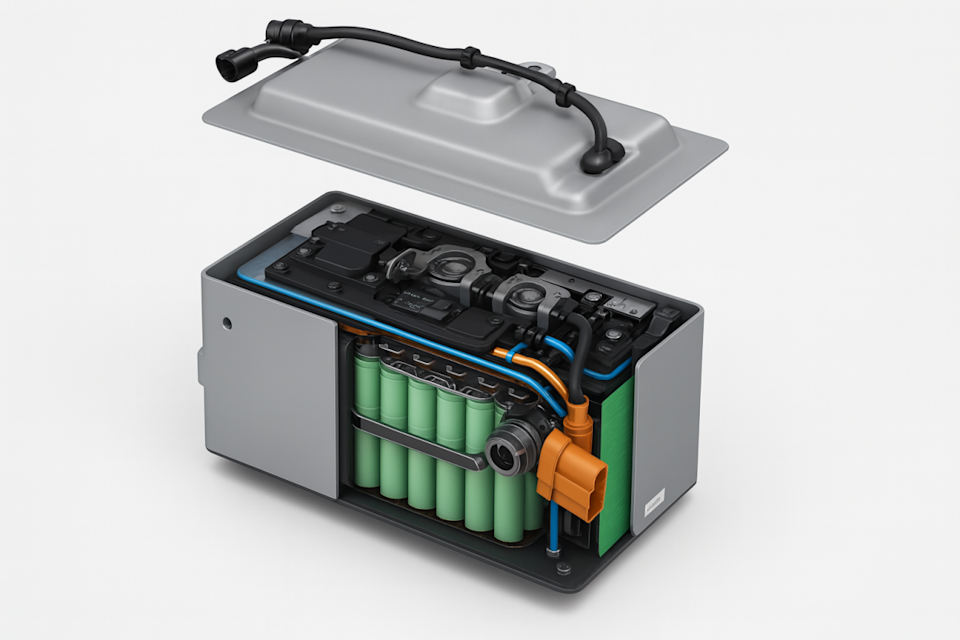
Figure 1: Front-mounted 400-V V4Smart booster pack from the 911 GTS T-Hybrid—water-cooled, tabless 21700 cells with silicon-carbon anodes that feed the e-turbo and 40-kW gearbox motor for repeatable, heat-resistant shove.
Real-World Usability
The high-voltage battery lives under the front bonnet and is about the size and weight of a 12-V AGM battery (approx. 27 kg), which helps weight distribution and keeps luggage space usable. The GTS also adds a 12.6-inch curved digital cluster and deeper Apple CarPlay® integration via the My Porsche app, with rear-axle steering standard and PDCC tied into the high-voltage system for quicker responses (Porsche product highlights).
For efficiency expectations, the US EPA label for the 2025 911 GTS T-Hybrid has not been posted on fueleconomy.gov. The EPA rates a 911 Carrera GTS at 19 mpg combined (17 city / 23 highway) So real-world efficiency should track close to the outgoing car pending the official sticker.
Context vs rivals: A Corvette E-Ray uses a similar-size pack for e-AWD traction and stealth running, while a Ferrari 296 GTB carries a larger PHEV battery for meaningful EV range. Porsche goes lean: a small, fast-charging booster pack that focuses on repeatable power rather than electric cruising.
My Verdict: Enthusiast-Grade Tech That Scales
The “silicon turbo” idea is simple and scalable: a compact, cool-running battery that behaves like a reliable torque bottle. Tabless construction trims resistance; silicon-rich anodes raise usable energy; the result is sharper response and fewer heat-fade moments. Porsche now controls the supply: after acquiring Varta’s V4Drive unit and renaming it V4Smart, the company states these booster cells are already in series production for the 911 GTS. Expect the concept to migrate: livelier performance hybrids now, smarter mainstream EVs next, and e-aviation where short take-off bursts matter more than lugging a giant battery through cruise.
This story was originally reported by Autoblog on Aug 23, 2025, where it first appeared in the News section. Add Autoblog as a Preferred Source by clicking here.
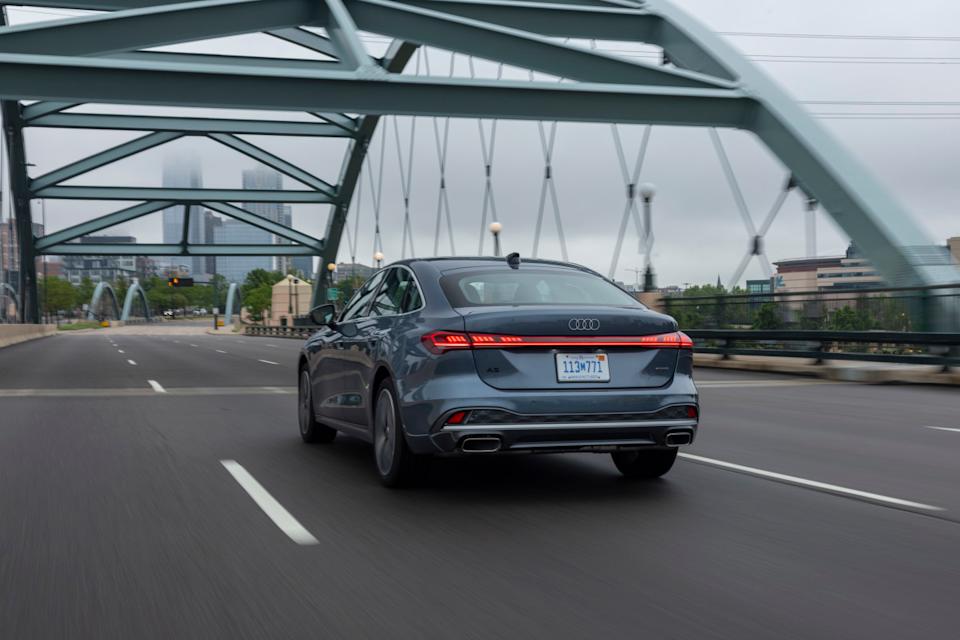
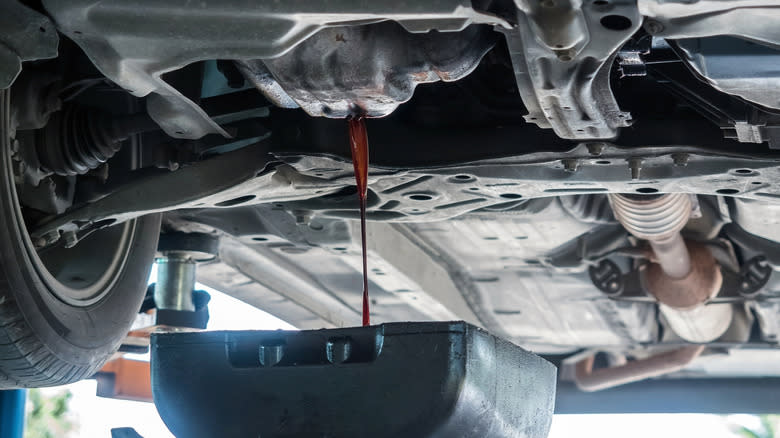
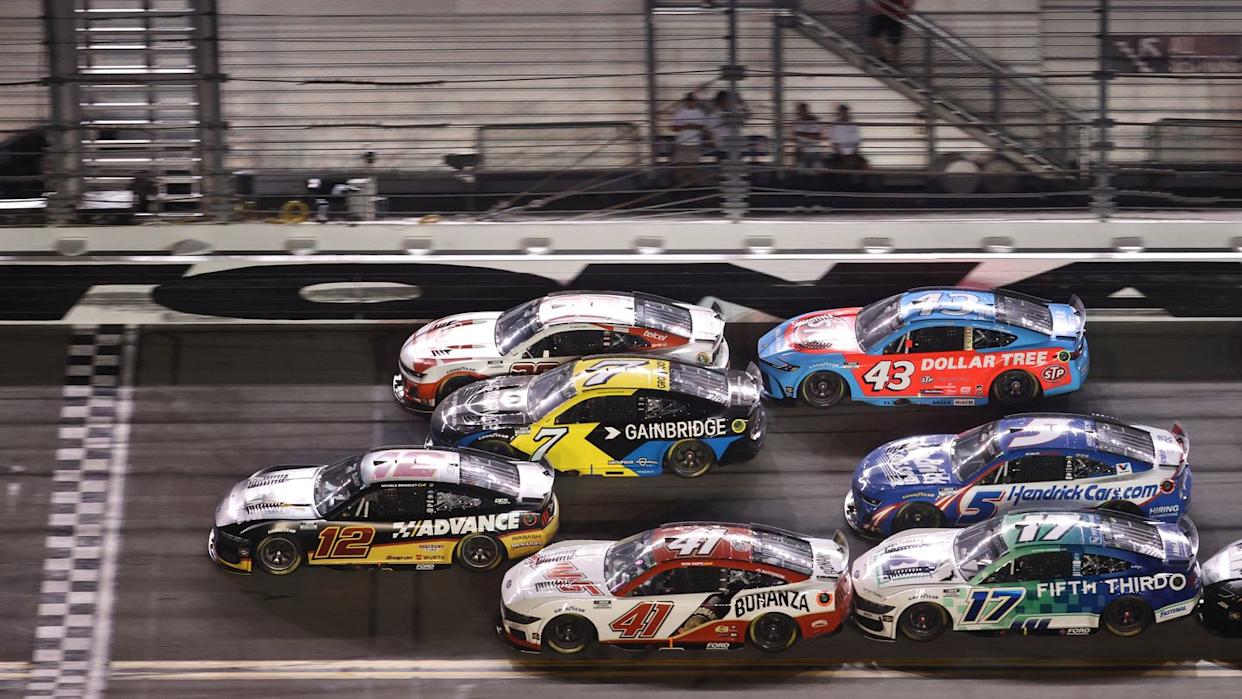
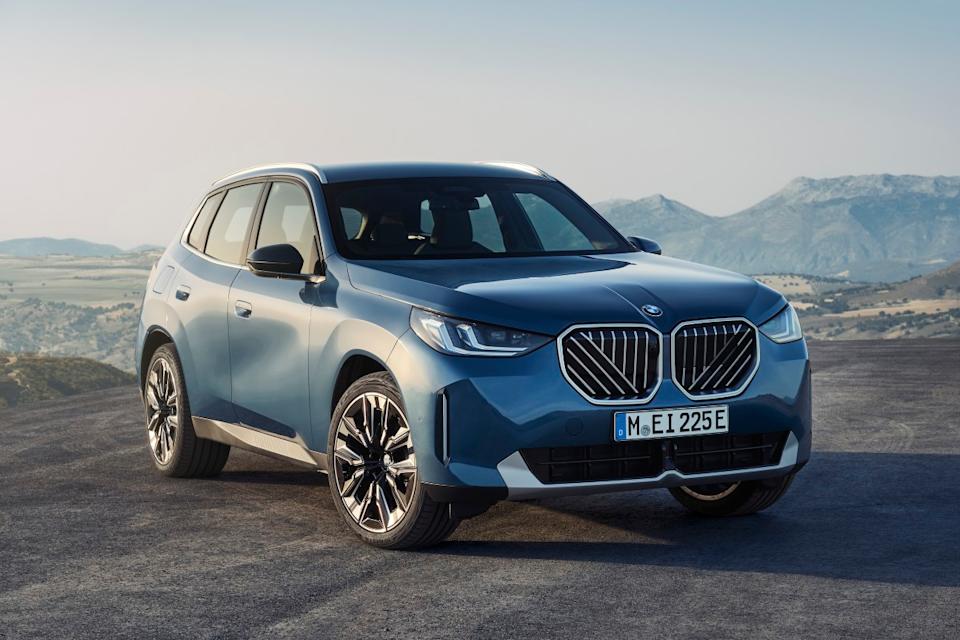
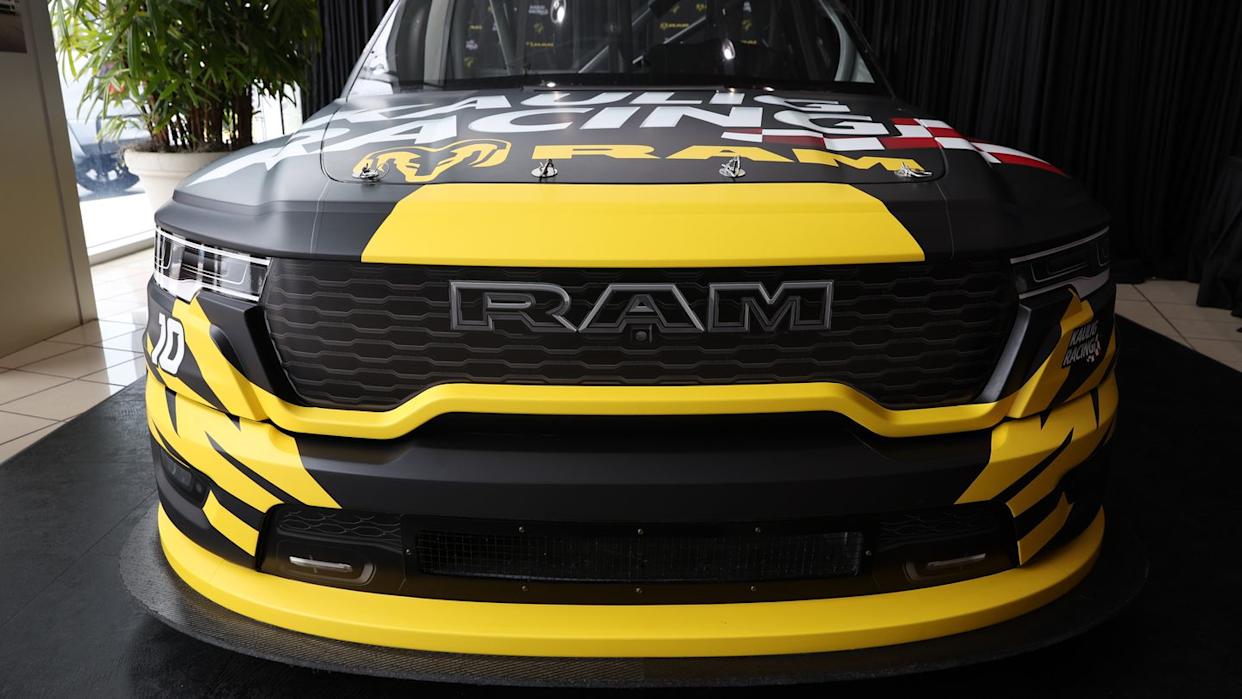

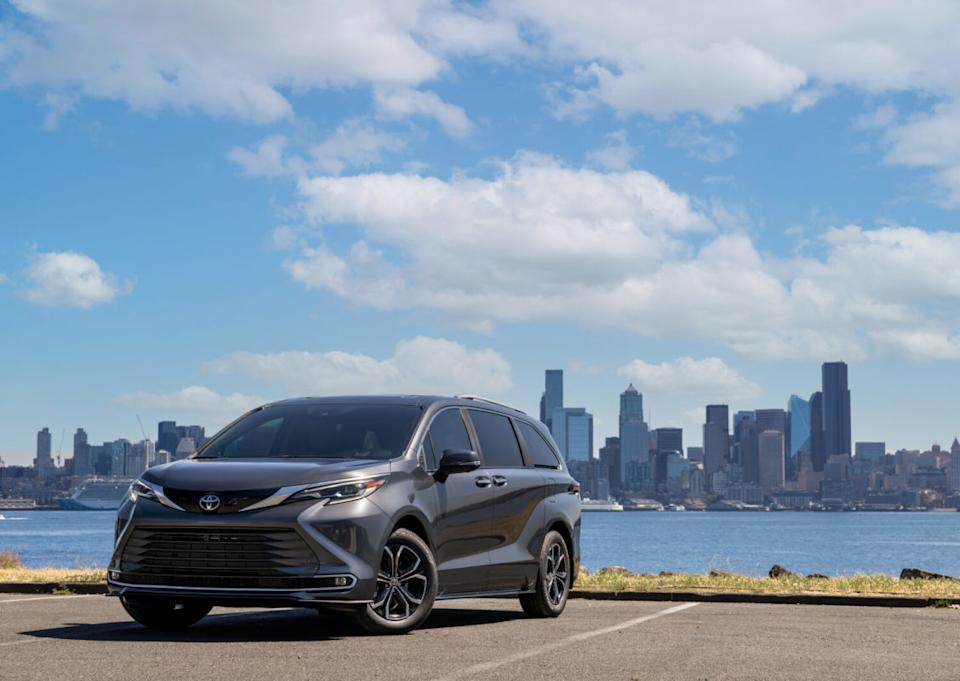
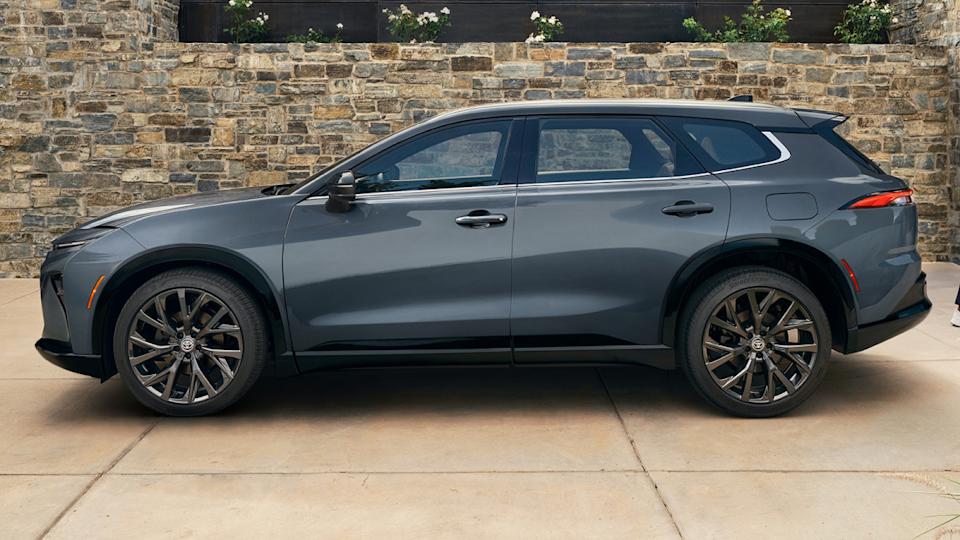
Comments